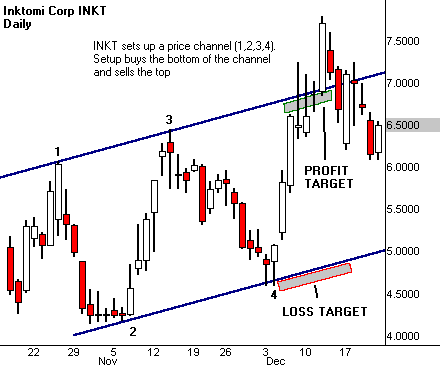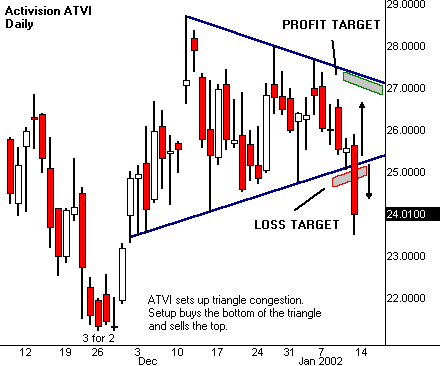Options
Welcome to the mysmp.com options trading education center. Now, more than ever, is an extremely important time for traders to learn what option trading is all about and also to understand how they can use options to help control risk during times of heightened volatility. While many traders use option contracts to help mitigate risk, others will use them to speculate on volatility and direction. Whatever type of trader you may be, it is important to understand your risk profile and investment objectives before selecting a strategy.
For the newbie’s to option trading, you can get started with a quick primer on calls and puts with our stock options introduction article above. Here you will be given an overview of calls & puts and also be provided with descriptions of the various components which go into the pricing of an option such as expiration date, strike price and moneyness. Be sure to review our glossary to get a more detailed explanation on these subjects.
Above, you will find options strategies for every type of investor and every type of market. You will find a broad array of strategies that can be used in bull markets, bear markets, or flat markets. For example, bull call spreads can be used in bull markets to take advantage of upward prices while bear put spreads can do the same in bear markets. In those times where there is no volatility at all, you want to be short options to take advantage of their time decay; the short straddle is a great example of this. Be sure to understand the potential risk and reward scenario as well as the breakeven points before establishing a position. Remember, a net buyer of options (debit spread) will have a defined risk while a net seller (credit spread) will have an unlimited risk profile.
Take your time and learn how to trade these option strategies at your own pace. It is advisable to start with the more basic strategies which only consist of a single leg such as the covered call, married put, naked put, or synthetic call. Once you have these strategies mastered, you can move on to double leg strategies such as the straddle and strangle. For the more advanced options traders, triple and quadruple leg option strategies may be reviewed such as the butterfly and condor spreads.
via - http://www.mysmp.com/options.html












